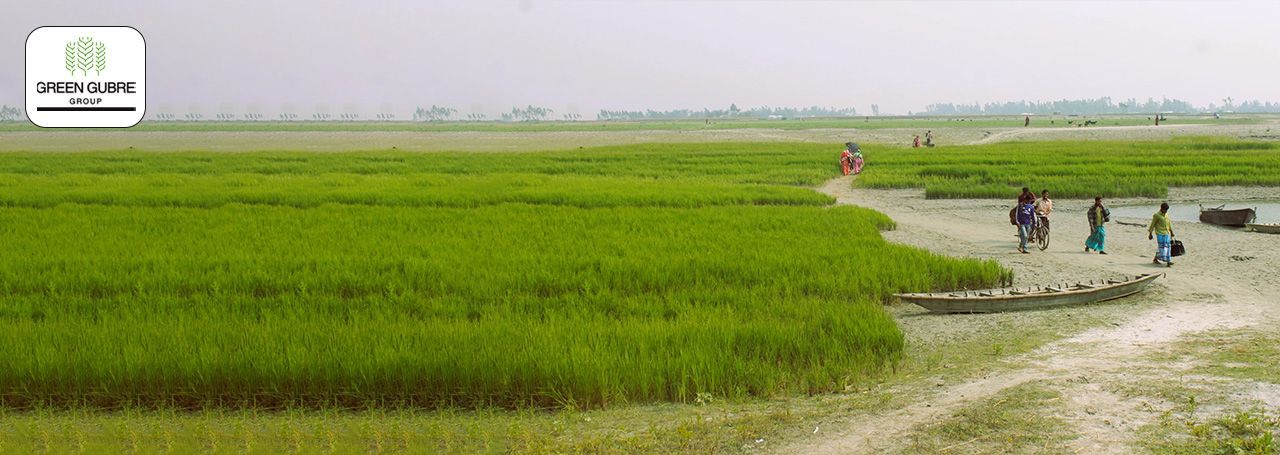Agroforestry: Enhancing Sustainable Agriculture and Rural Livelihoods in Africa
Agroforestry: Enhancing Sustainable Agriculture and Rural Livelihoods in Africa

Agroforestry, the practice of integrating trees and shrubs into agricultural landscapes, is gaining traction in Africa as a sustainable approach to improve soil health, enhance biodiversity, and support rural livelihoods. This farming system not only boosts crop productivity but also provides farmers with diverse sources of income and strengthens climate resilience. This blog explores the benefits of agroforestry in African agriculture, key practices, and strategies to encourage its adoption among smallholder farmers.
1. The Importance of Agroforestry in African Agriculture:
Agroforestry combines agriculture and forestry practices, creating multifunctional landscapes that promote environmental sustainability, economic resilience, and community well-being.
- Soil Health Improvement and Erosion Control: Trees in agroforestry systems help prevent soil erosion, improve soil structure, and increase nutrient cycling, which is crucial in areas with degraded soils.
- Enhanced Biodiversity and Ecosystem Health: Agroforestry supports a variety of plant and animal species, creating a balanced ecosystem that fosters natural pest control and pollination.
- Climate Resilience and Carbon Sequestration: By sequestering carbon in trees and soils, agroforestry helps mitigate climate change while providing shade and reducing temperature extremes, improving resilience to drought and heat stress.
2. Key Agroforestry Practices for African Smallholders:
Several agroforestry practices are well-suited for African smallholder farming, enhancing productivity and sustainability across various regions and climates.
- Alley Cropping: In alley cropping, farmers plant rows of trees alongside crops, improving soil health, providing shade, and reducing water evaporation. This practice is particularly useful in regions prone to drought.
- Silvopasture: Silvopasture combines forestry with livestock grazing, providing livestock with shade, reducing heat stress, and improving pasture quality. This practice supports livestock health and productivity while maintaining soil fertility.
- Windbreaks and Shelterbelts: Planting rows of trees as windbreaks protect crops from wind damage and erosion, which is beneficial in arid regions with strong winds. Shelterbelts also reduce evaporation, conserving moisture for crops.
- Homegardens: Homegardens incorporate a variety of trees, shrubs, and crops near households, providing families with food, firewood, and medicinal plants. Home gardens are highly sustainable and support food security in rural communities.
3. Challenges in Promoting Agroforestry in Africa:
While agroforestry offers numerous benefits, adoption remains limited due to various challenges, such as financial constraints, lack of knowledge, and land tenure issues.
- Limited Access to Tree Seeds and Planting Materials: Many farmers lack access to quality seeds and planting materials, limiting their ability to start agroforestry systems. Establishing community nurseries and seed banks can improve availability.
- Knowledge and Training Gaps: Agroforestry requires specific skills in tree planting, management, and integration with crops. Training programs and extension services can equip farmers with the knowledge needed for effective implementation.
- Land Tenure and Ownership Barriers: In regions where land tenure is insecure, farmers may hesitate to plant trees that require long-term investment. Policies that provide secure land rights encourage farmers to adopt agroforestry practices.
4. Strategies to Support Agroforestry Adoption:
To encourage agroforestry adoption, stakeholders can implement initiatives that provide farmers with resources, financial support, and training in sustainable land management.
- Subsidies and Financial Incentives for Tree Planting: Governments and NGOs can offer financial incentives for planting trees, covering initial costs and making agroforestry more affordable for smallholders.
- Community Nurseries and Seed Distribution Programs: Establishing community nurseries and providing tree seeds can improve access to quality planting materials, enabling more farmers to adopt agroforestry practices.
- Agroforestry Training and Demonstration Farms: Demonstration farms allow farmers to observe successful agroforestry systems firsthand. Training programs led by agricultural extension agents empower farmers with practical skills.
- Partnerships with Environmental Organizations: Collaborations with environmental NGOs and conservation organizations can promote agroforestry as a strategy for ecosystem restoration, offering technical support and funding.
5. Benefits of Agroforestry for Sustainable Agriculture and Rural Development:
Agroforestry provides multiple benefits for both the environment and rural communities, contributing to food security, economic growth, and environmental sustainability.
- Increased Agricultural Productivity and Income Diversification: By integrating trees with crops and livestock, agroforestry enhances productivity and provides farmers with diverse income sources, such as timber, fruits, and honey.
- Improved Food Security and Nutrition: Agroforestry systems support food security by providing a variety of food sources, such as fruits, nuts, and vegetables. This diversity improves dietary quality and resilience against crop failures.
- Climate Adaptation and Environmental Conservation: Agroforestry helps mitigate climate change by sequestering carbon, reducing soil erosion, and conserving water. These practices contribute to sustainable landscapes and promote biodiversity.
- Supporting Rural Livelihoods and Community Resilience: Agroforestry enhances economic stability for smallholders, allowing them to weather economic and environmental challenges. By supporting self-sufficiency, agroforestry strengthens community resilience.
Conclusion:
Agroforestry offers a sustainable approach to enhancing agricultural productivity, environmental health, and rural livelihoods in Africa. By supporting tree planting programs, providing financial incentives, and promoting farmer education, governments and stakeholders can foster widespread agroforestry adoption. As more African farmers embrace agroforestry, the continent can move closer to achieving sustainable agriculture, climate resilience, and improved livelihoods for rural communities.




